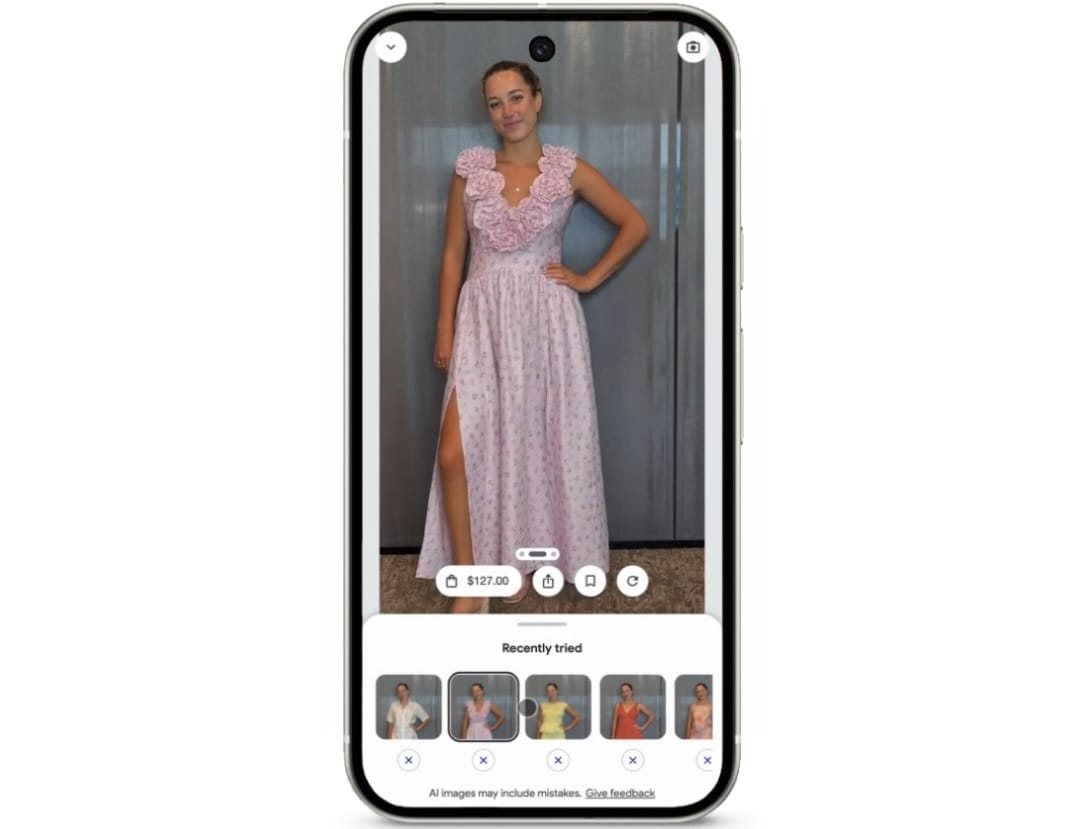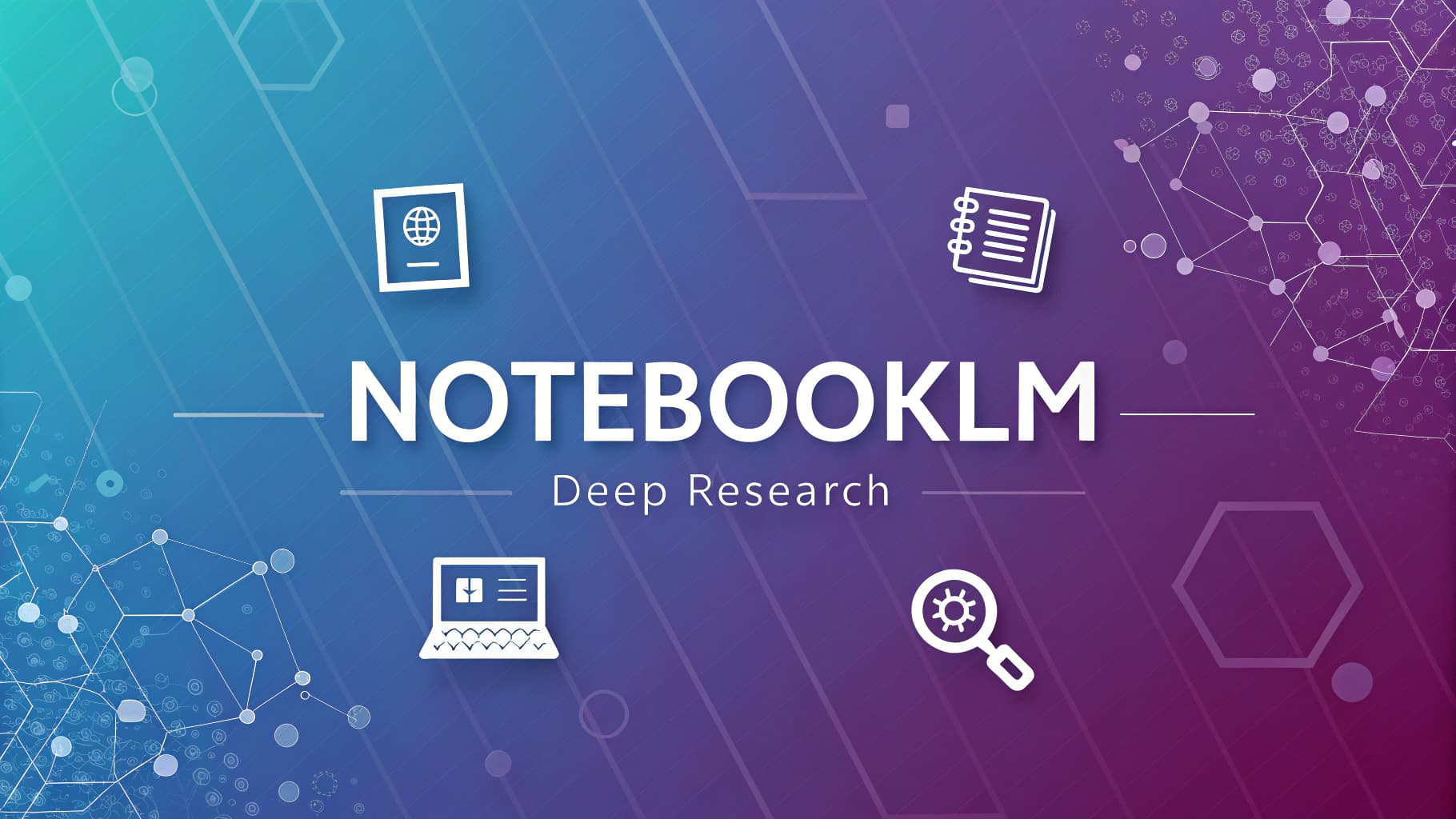
Google Unveils AI Virtual Try-On and Generative Shopping Tools
Google has introduced a new suite of AI-powered shopping tools, aiming to redefine how people discover and purchase products online.
Leading the announcement is a virtual try-on feature, now available in the U.S., alongside a new generative system for style and decor ideas set to launch this fall.
A Personal Fitting Room at Home
Shoppers in the United States can now use the virtual try-on tool.
The feature relies on artificial intelligence, allowing users to upload a full-body photo to see how a selected garment will look on their own figure.

Google explained that the feature is available across Google Search, the Shopping tab, and even in product results within Google Images.
It offers a uniquely personal experience, moving away from seeing clothes on models who may not represent the buyer’s actual body type.
Shopping by Your Design
Looking ahead, Google is preparing to launch a new shopping experience within its AI Mode this coming fall.
The tool will generate photorealistic images of clothing outfits or home decor ideas based on a user’s description.
For instance, searching for “a flowy green dress for a garden party” will prompt the system to create images of various dresses.
After the user selects a design that matches their taste, the system presents visually similar, real products available for purchase from online retailers.
A potential downside, however, is that some users might feel a slight disappointment when they fall for an AI-generated design only to find that an identical real-world match isn’t available.
New Challenges and Opportunities for Retailers
In addition, the company has rolled out an enhanced price alert system in the U.S. market.
Users can now set notifications based on precise criteria like size, color, and target price, making it easier to track the right deals.
For retailers, these updates introduce new requirements. It’s now crucial to focus on the quality and consistency of product images to ensure they display well in the virtual try-on system.
Offering competitive pricing also gains importance with the precise alert system. Ultimately, sellers must optimize their product data to align with the visual search systems that are becoming increasingly vital in e-commerce.




